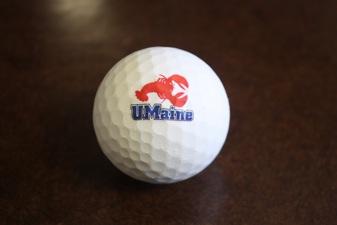
When the A4 came out, I was surprised at the fanfare surrounding it. Why such a big deal? Apple was now designing their own chips, isn’t that great?— came the echoing chorus. But they weren’t — the A4 was almost entirely a Samsung design implementing existing ARM processor tech. But Apple touched it, so it turned to gold. I kind of expected Apple to ride that wave for a while and just “overclock” the processor for the iPad 2, but to my surprise, out came the A5.
 The decision to use a mostly off-the-shelf piece for the launch of a potentially disastrous product line (the iPad could easily have been bad, or at any rate unpopular) was one of economy; why go to the great expense of truly redesigning a chip, when tweaking an existing design will serve, and for a fraction of the cost? Chances are that development of a new chip would have happened sooner or later, but the success of the iPad made it a necessity to differentiate after that first volley.
The decision to use a mostly off-the-shelf piece for the launch of a potentially disastrous product line (the iPad could easily have been bad, or at any rate unpopular) was one of economy; why go to the great expense of truly redesigning a chip, when tweaking an existing design will serve, and for a fraction of the cost? Chances are that development of a new chip would have happened sooner or later, but the success of the iPad made it a necessity to differentiate after that first volley.
This analysis of the A5 (based on the Chipworks images from last month) is five pages long, but is mostly meta-discussion, and the only real conclusion (considering how little is actually known about the SoC) is that while the CPU and GPU are licensed, the rest of the chip is kind of a mystery. By surface area, the CPU cores and GPU take up less than half the die. Assuming the usual business of memory management and I/O takes up another 10% or so, what is Apple doing with fully half of its design?
There’s no answer at present. But EE Times raises the possibility of a set of specialized chips set to do the kinds of calculations and transformations that Apple knows are absolutely necessary to the device. It could be the reason for, say, the smooth and responsive scrolling on web pages. A processor has to track those pixels, perform the little calculations that describe the input, and so on. Many little tasks that Apple may have essentially set aside die space for: a core or a fraction of a core totally dedicated to image filtering, JPEG decoding, accelerometer smoothing — things that might have been integrated by OEMs in the components, but which Apple could easily take over and bend to their own purposes.
It’s a truly custom-built system, and what makes it exciting is that these unknown functions could be almost anything — even unused. They could easily be for something like hardware video transcoding, or physics calculations, entire instruction sets that have yet to be implemented, but leave plenty of room for expansion in directions Apple has already charted.
I was bearish on the A4, but I’m bullish on the A5. I think we’ve only barely begun to see what it can do.
View article:
Analysis Of Apple’s A5: It’s Not What We Know, It’s What We Don’t Know


 The decision to use a mostly off-the-shelf piece for the launch of a potentially disastrous product line (the iPad could easily have been bad, or at any rate unpopular) was one of economy; why go to the great expense of truly redesigning a chip, when tweaking an existing design will serve, and for a fraction of the cost? Chances are that development of a new chip would have happened sooner or later, but the success of the iPad made it a necessity to differentiate after that first volley.
The decision to use a mostly off-the-shelf piece for the launch of a potentially disastrous product line (the iPad could easily have been bad, or at any rate unpopular) was one of economy; why go to the great expense of truly redesigning a chip, when tweaking an existing design will serve, and for a fraction of the cost? Chances are that development of a new chip would have happened sooner or later, but the success of the iPad made it a necessity to differentiate after that first volley. Taco shell made from Dorito chips? What can be more awesome? According to reports by
Taco shell made from Dorito chips? What can be more awesome? According to reports by 


